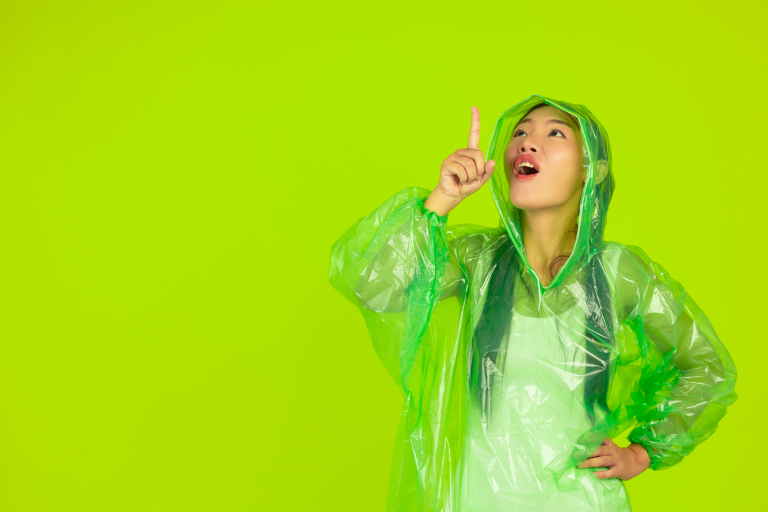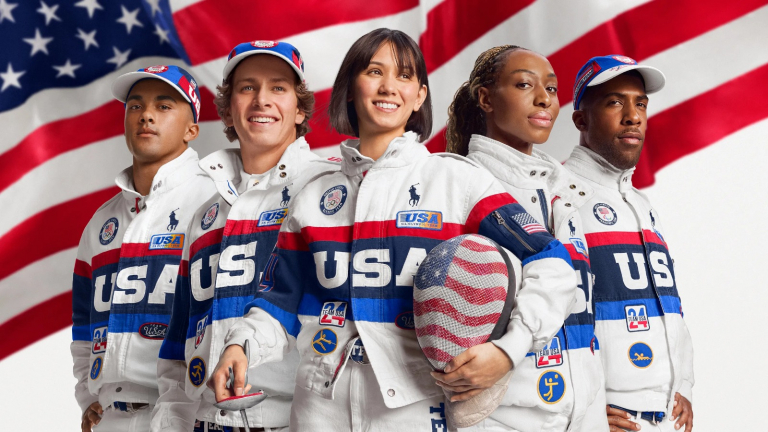Since 1925, October 4th has served as World Animal Day. World Animal Day is an annual celebration that aims to bring international awareness to animal rights, welfare, and cruelty-free practices that various industries can adopt. Currently, Earth is experiencing another mass extinction event. Though, this time, the blame is on the exacerbated exploitation that humans make of natural resources.
In the past, the use of animal products was prevalent in the fashion and beauty industries. However, in recent years there has been a gradual shift towards more cruelty-free methods of testing and sourcing materials.
In the past years, more and more animals are going on the endangered species lists. Therefore, it is important to examine the ways in which our activities negatively impact the animals on this planet.
In this article, you’ll learn why is it important to choose and work with cruelty-free products. Keep reading to find out!
Fashionable Animals
Fashion and beauty are two industries that, in some ways, associate with luxury and excess. Before companies were mindful of conducting cruelty-free practices. Now, this mindset of excess carried over into all aspects of the industries, even with respect to sourcing animal-derived materials.
If we were to look at whales as an example, chasers have hunted down for many reasons. In fashion, whales were popular for their baleen that could designers used in the boning of corsets. The beauty industry was more interested in collecting ambergris to use in the formulation of perfumes. As a result, the whaling industry increased due to corporate demand.
Whales were not the only animals that the fashion industry targeted before they became intent on becoming cruelty-free. Some other popular materials have also led to the devastation of animal populations. That includes furs, leathers, and feathers, to name a few.
Furs
In addition to the style that furs implement in clothing, some people love them for their softness and the warmth they provide in cold weather. In luxury goods, you will typically see furs and pelts from exotic animals. Some examples are foxes, minks, sables, chinchillas, amongst others.
Specialists cannot collect furs cannot from an animal that is still alive. In order for experts to consider it an actual fur or pelt, it must still be attached to the skin; so for any real fur product, they had to slaughter an animal.
Leathers
From boots to bags to belts, leather is a popular fabric because its look and texture can vary based on the animal it is sourced from. You can get leather from commercially raised pigs and cows, but on the more exotic end of the spectrum, there is leather from kangaroos, ostrich, and reptiles. Leather is chemically treated animal skin, so this is another material that can only be gathered after an animal has died.
Feathers
Currently, down coats and comforters are extremely popular for how lightweight and well insulated they are. Down feathers are the softest feathers found on waterfowl. Unfortunately, the process of harvesting these feathers is not easy. First requires stripping the birds of their tougher external feathers before the down is even visible to be plucked.
Cruelty-Free Fashion
Nowadays, there are many different cruelty-free alternatives to these animal-sourced materials. For instance, we have seen a rise in artificial leathers like vegan leather and pleather. That may give us the widest selection of cruelty-free alternatives. As opposed to traditional leather, pleather has plastics and other synthetic materials on it. Vegan leather is able to come from a variety of sources that include these synthetic materials along with natural materials like mangoes.
If fur is something you really want to have on your wardrobe, an alternative is buying second-hand pieces. However, not buying them at all is always the best option. That’s because, then, you won’t keep engaging with this market and giving justification for it to continue to exist.
Furthermore, we also have some alternatives that are free of fur altogether. Previously, there only existed faux fur that has recycled plastic on its components. Now, companies are experimenting with bio-based fur which has had plant materials incorporated during production.
For those looking for a down alternative, you will be happy to know that the widely available polyester serves as the perfect substitute. Though there are a handful of companies, like NuDown, that are forgoing fillings altogether and are using air to insulate their jackets.
Other companies have also sought out different ways to take a firm stance in support of cruelty-free products. This year, the luxury group, Kering, is leading the cruelty-free approach and has banned the use of fur across all of its brands. By 2022, Brands under Kering will phase out furs from their future designs. Stella McCartney has been cruelty-free since its inception but has made changes to switch over to materials such as organic cotton in effort to minimize environmental impact.
Sustainability is Cruelty-Free
The fashion industry has a wide reach of influence that influences whole nature. On World Animal Day, it is important that we try to re-evaluate and strengthen our efforts in becoming cruelty-free in the products that we use and make.
The term cruelty-free doesn’t limit to simply discontinuing the use of animal products. But also includes testing on animals. We should also take into consideration the impact that we have on the natural habitats that these animals live in when talking about the idea of being cruelty-free; because destroying homes and environments can be just as cruel.
Just as the resources on our planet are limited, animal populations are limited as well. In protecting animal species we are preserving Earth’s biodiversity and maintaining a healthy global ecosystem.
Another important issue is transparency in the production process. Customers need to be sure that a brand is really being honest with its practices. Check out our article about the importance – and need – of transparency!






